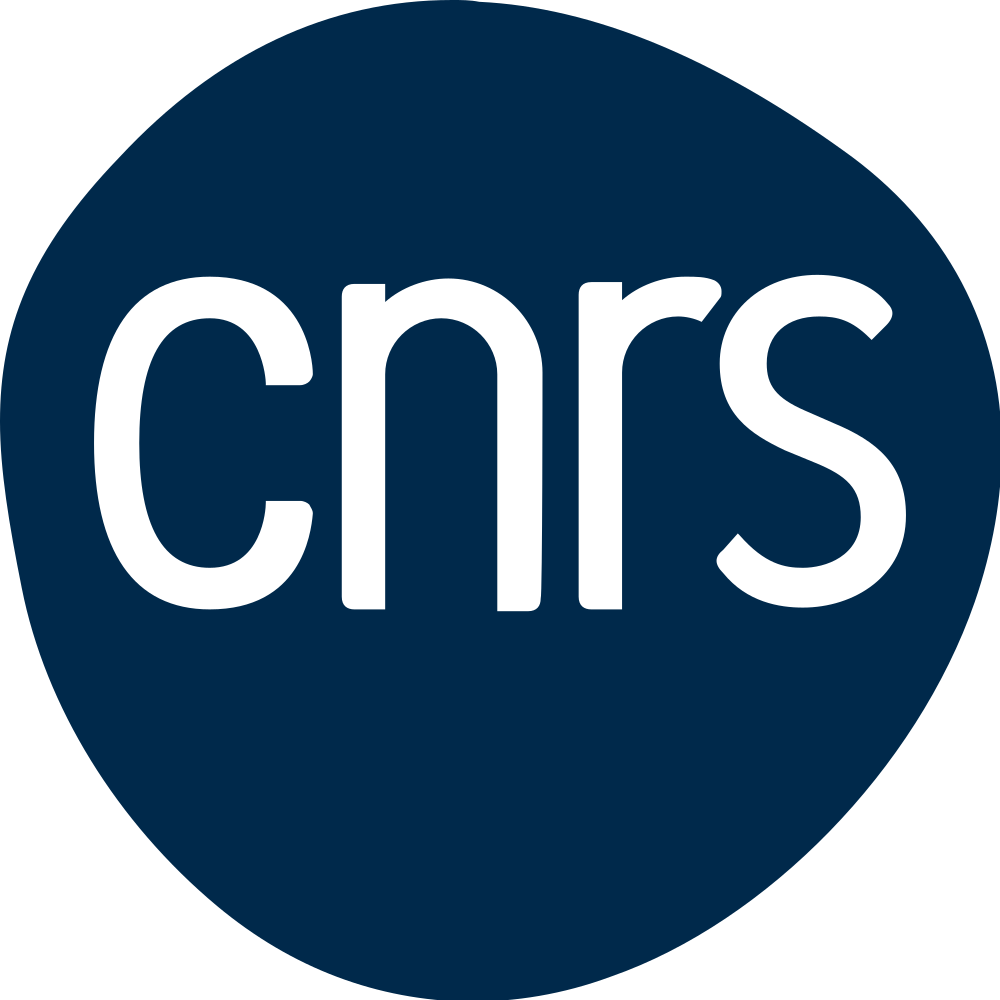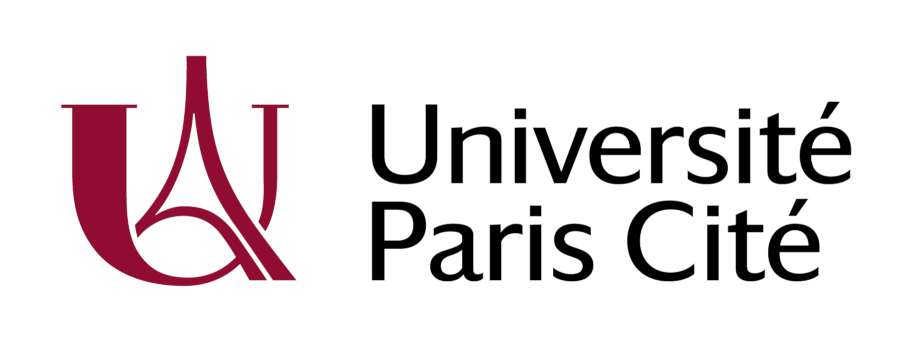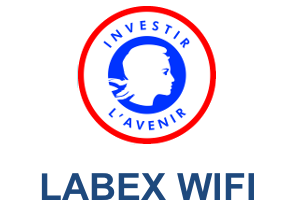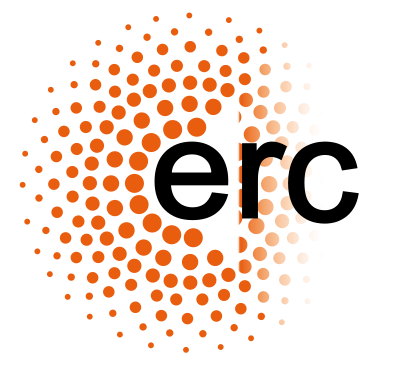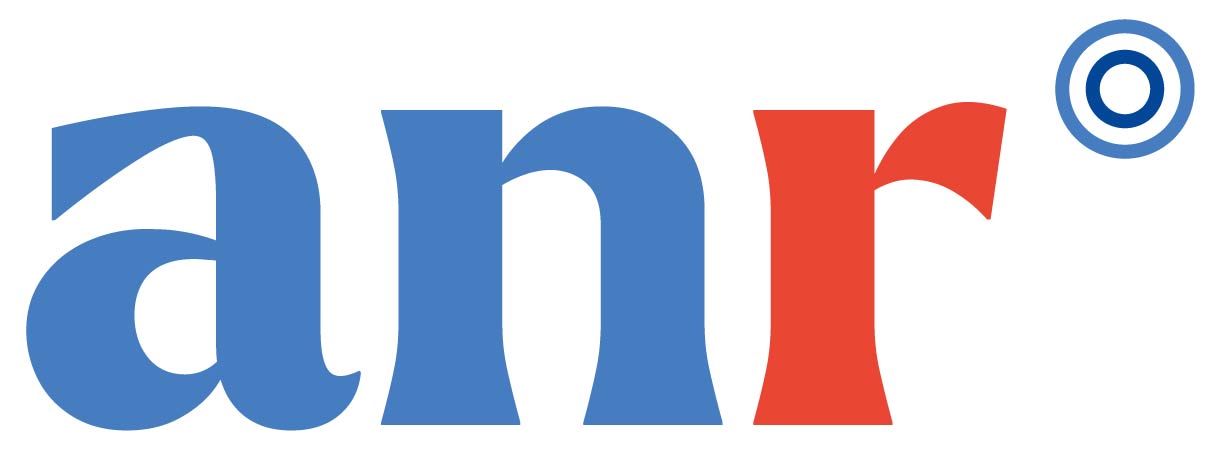Program
Download the program here :

Speaker and lecture titles
Pr. Guy Bartal
Shaping and Focusing Optical Propagating Waves into deep Sub-wavelength scale in 2D Homogeneous Media
The ability to shape and focus optical waves to dimensions smaller than their wavelength has intrigued the scientific community both for its physical challenges and its potential applications. Resonant elements, , have provided deep-subwavelength control at long wavelength in the form of Metamaterials [while at optical frequencies light could be focused to specific points by nano-antenna and Nanofocusing elements, breaking the so-called diffraction limit. Alternatively, achieving similar focusing dimensions by scaling the diffraction limit rather than breaking it allows flexible and dynamic control over the type and shape of the focusing without specifically patterning the medium, hence can provide super-resolution capabilities for bio-imaging, nanolithography and spectroscopy. We use the high refractive index of Silicon to scale the diffraction limit by many-fold compression of the wavelength thereby achieving resolution at the order of 10-s of nanometers at visible light. - Comparable to that of single-molecule microscopy techniques. Utilizing this scaled diffraction limit, we present phase-resolved near-field observations of propagating-waves bright and dark focusing below 70 nm at 671nm illumination (λ/10), and direct observation of short-wavelength Super-Oscillations in planar 2D Hybrid Silicon-plasmon waveguides.
Pr. Hui Cao
Coherent control of light transport and absorption in complex media
Strongly scattering media usually look opaque, even though the material has little absorption. The low transmission poses a severe limitation for biomedical imaging and telecommunication. We recently demonstated an order of magnitude variation of total transmission through highly-scattering random media by shaping the wavefront of incident light. The mesoscopic correlations are essential to significant modification of the total transmission, as illustrated in the comparison of the experimental results to the prediction of an uncorrelated model that ignores these correlations. We also investigated numerically how the high transmission channels are modified in the presence of homogeneous or inhomogeneous absorption. When the homogeneous absorption is strong enough, the high transmission channels of diffusive systems become ballistic. If the absorption is inhomogeneous, the maximum transmission channels can bypass the regions of strong absorption.
We have used the same wavefront shaping technique to control light absorption in random scattering media. Absorption is commonly regarded as an intrinsic property of the medium. Recent theoretical studies predicted that the total amount of light absorbed in a weakly-absorbing scattering medium can be tuned significantly by controlling the interference effects of multiply scattered waves. We experimentally demonstrated this with a dye-sensitized solar cell. By optimizing the input wavefront of a laser beam, we are able to increase or decrease the closed-circuit current. The ability to control globally or locally the absorption provides a new spectroscopy technique for studying photochemistry.
Finally, I will discuss our latest work of manipulating coherent backscattering in a multimode fiber by breaking the time-reversal symmetry. Utilizing a non-reciprocal phase modulation by the magneto-optical effect, we are able to control the interference between time-reversed paths inside a multimode fiber with strong mode mixing, and realize a continuous transition from the well-known peak to a dip in the backscattered intensity. Such behavior is insensitive to external perturbations like fiber bending or twisting. Our results may open new possibilities for a robust control of light transport in complex media, and in particular in multimode fibers.
Dr. Stefan Catheline
Active and passive elastography : a medical imaging tool of elastic waves
Elastography, sometimes referred as seismology of the human body, is an imaging modality recently implemented on medical ultrasound systems. It allows to measure shear waves within soft tissues and gives a tomography reconstruction of the shear elasticity. This elasticity map is useful for early cancer detection. A general overview of this field is given in the first part of the presentation as well as latest developments. In a second part, it is shown how the Lorentz force, resulting from density current and magnetic field within soft tissues, is used to generate shear waves. The third and last part is devoted to the application of noise correlation technique in the field of elastography. The idea, as in seismology, is to take advantage of shear waves naturally present in the human body due to muscles activities to construct shear elasticity map of the liver and the thyroid. It is thus a passive elastography approach since no shear wave sources are used.
Pr. Laurent Daudet
Imaging through a multiply scattering medium : from challenge to opportunity
This talk will discuss the correspondence between some recent signal processing techniques and wave-front shaping techniques that have been developed for imaging and light focusing through a multiply scattering medium. Indeed, this optical framework provides a direct experimental counterpart of the mathematical concept of « compressed sensing », whose goal is to sample below Shannon-Nyquist rates upon sparsity assumptions. Our results include some experimentally obtained phase transitions diagrams in the subsampling/sparsity parameter plane, that can be compared to theoretical and numerical predictions. Furthermore, these experiments raise a number of practical issues that also involve advanced signal processing, such as resilience to strong experiment noise and the measurement of the complex transmission matrix with or without phase reference.
Joint work with Igor Carron, Gilles Chardon, Angélique Drémeau, Sylvain Gigan, Ori Katz, Florent Krzakala, Geoffroy Lerosey, Antoine Liutkus, David Martina, Sébastien Popoff, Christophe Schülke.
Pr. Shanhuei Fan
Aspects of nanophotonics : gauge field for photons, and control of thermal radiation
The use of photonic structures provides important platforms to explore new optical physics, and to develop new device applications. In this talk, we will review two separate aspects of nanophotonics. We will discuss the concept of photonic gauge field that arises from spatial temporal modulation of photonic structures. We will also discuss the use of photonic structures to control thermal radiation, and the implication of such a control for radiative cooling.
Pr. John Page
Probing the Anderson transition with ultrasound
Anderson localization of classical waves remains one of the most fascinating and profound fundamental topics in the wave physics of complex media. In this lecture I will review the progress that has been made over the last several years using ultrasound to investigate the transition from propagating to localized waves in a three-dimensional “mesoglass”. By using the technique called transverse confinement to unambiguously determine that Anderson has occurred in these samples, we can explore some of the remarkable properties of Anderson localized waves in three dimensions that were previously inaccessible to experiments.
Pr. Yonkeun Park
Subwavelength light focusing and imaging via wavefront shaping
We demonstrate that multiple scattering can be controlled via wavefront shaping in order to obtain a sub-diffraction limited focus at an arbitrary position and the full-field dynamic sub-wavelength imaging. Due to the random structure of the highly scattering media there are no restrictions on the physical position of the focus giving the system a high degree of freedom. We also present that the full-field dynamic sub-wavelength imaging can be obtained by transferring the optical near-field into propagating far-field components by multiple light scattering from disordered nanoparticles, which was previously demonstrated in microwave regime.
References :
1. Park, C., et al. Full-Field Subwavelength Imaging Using a Scattering Superlens. Phys Rev Lett 113, 113901 (2014).
2. Park, J.-H., et al. Subwavelength light focusing using random nanoparticles. Nature photonics 7, 454-458 (2013).
3. Yu, H., et al. Measuring Large Optical Transmission Matrices of Disordered Media. Phys Rev Lett 111, 153902 (2013).
Pr. Philippe Roux
Can we consider a Forest as a natural Meta-material ?
Why should complex wave physics be limited to experiments at very small scales ? As waves obey the same propagation
equation whatever their nature, why are there so few observations of the effects of advanced wave physics at the
geophysics scale, for example ? Of course, the answers to these deliberately provocative questions are multiple. When
wave phenomena happen to be too difficult to understand, the requirement for a controlled environment with fine tuning of
the relevant parameters becomes mandatory. What can be achieved in terms of wave manipulation at the laboratory scale
turns out to be very tedious, if not impossible, at larger scales, where the deployment of numerous autonomous sensors is
often another practical limitation.
In the last few years, however, wide areas of the sciences involved with large-scale data have been through a
technological revolution. Indeed, Earth sciences, and especially geophysics, can now benefit from continuous data
acquisition on very dense arrays of seismometers, with sometimes more than 10,000 sensors. These sensor deployments
were nearly unconceivable only 10 years ago, and up to very last years, they were limited to inconceivably expensive
geophysics experiment that have been funded by the oil & gas industries. However, things have changed more recently,
and academic institutions can now obtain experimental data with thousands of seismic sensors at an affordable price. To
go one step further, we might even be at a critical stage where the incredible quality of geophysics measurements will
soon overtake our understanding of the underlying physics processes in Earth sciences.
This talk aims to fill this gap with a multidisciplinary approach that is proposed by a team composed of
physicists and geophysicists who share a common interest in wave propagation in complex media. Our goal is to reconcile complex wave physics with large-scale observations. More precisely, we aim to experimentally demonstrate that a natural forest can behave in many ways as a metamaterial for seismic waves. The idea is that each tree inside the forest can react as a resonator that traps a small part of the seismic surface waves. The collective behavior of the trees when
arranged in a dense forest such that several trees are present inside one seismic wavelength, would then correspond to the physics observed at a very small scale (<1 micrometer) in optical metamaterials, when electromagnetic waves interact
with nanomaterials.
Pr. Ping Sheng
Absorption of sound using subwavelength structures and the emergence of hybrid resonances
Traditional means of acoustic absorption generally make use of porous and fibrous materials, gradient index structures, or perforated panels with tuned cavity depth behind the panels. They usually result in either imperfect impedance matching to the incoming wave, or very bulky structures with dimensions comparable to the wavelength. This state of affairs is dictated by the intrinsic low absorption coefficient of almost all the materials in the acoustic frequency range.
In this talk I will first introduce the decorated membrane resonator (DMR) (1), comprising a 200 micron thick latex rubber membrane decorated by small platelet(s), each on the order of 1 gram in mass. In the simplest case of one circular button at the center of a circular membrane, the DMR has multiple resonances, the first two usually below 1 kHz. Between the two eigenmodes there is an anti-resonance at which the dynamic effective mass displays a resonant dispersion and the DMR can totally reflect the incoming wave (1). These DMRs can be turned into very effective sound absorbers. By using asymmetric platelets, e.g., half-circular platelets, we experimentally realized the very high absorption of 50% at a few frequencies for a single DMR, and approaching 100% at multiple frequencies for a stack of two DMRs (2). Such high absorption is enabled by the very high curvature energy density at the perimeters of the rigid platelets, which can account for over 90% of the total energy density of the DMR. Since the absorption is proportional to the product of energy density and the absorption coefficient, a high energy density can readily overcome the intrinsic weak absorption coefficient to result in high absorption overall.
Pr. Marin Soljacic
Nanophotonics in material-systems of large sizes
Recent nano-fabrication developments enabled implementation
of many nanophotonic techniques to macroscopic scales, which
is crucial for many applications of interest (e.g. energy
conversion, displays, lighting). Some or our recent work
in this area will be presented.
Pr. Mickael Tanter
The advent of Ultrafast Imaging in Biomedical Ultrasound
In the last fifteen years, the introduction of plane or diverging wave transmissions rather than line by line scanning focused beams has broken the conventional barriers of ultrasound imaging. By using such large field of view transmissions, the frame rate reaches the theoretical limit of physics dictated by the ultrasound speed and an ultrasonic map can be provided typically in tens of micro-seconds (several thousands of frames per second). Interestingly, this leap in frame rate is not only a technological breakthrough but it permits the advent of completely new ultrasound imaging modes, including shear wave elastography, electromechanical wave imaging, ultrafast doppler, ultrafast contrast imaging, and even functional ultrasound imaging of brain activity (fUltrasound) introducing Ultrasound as an emerging full-fledged neuroimaging modality.
At ultrafast frame rates, it becomes possible to track in real time the transient vibrations – known as shear waves – propagating through organs. Such "human body seismology" provides quantitative maps of local tissue stiffness whose added value for diagnosis has been recently demonstrated in many fields of radiology (breast, prostate and liver cancer, cardiovascular imaging, ...). Today, Supersonic Imagine company is commercializing the first clinical ultrafast ultrasound scanner, Aixplorer® with real time Shear Wave Elastography. This is the first example of an ultrafast Ultrasound approach surpassing the research phase and now widely spread in the clinical medical ultrasound community with an installed base of more than 1000 Aixplorer systems in 54 countries worldwide. Beyond clinical applications, it leads also to better fundamental understanding of the influence of tissue mechanics on carcinogenesis.
For blood flow imaging, ultrafast Doppler permits high-precision characterization of complex vascular and cardiac flows. It also gives ultrasound the ability to detect very subtle blood flow in very small vessels. In the brain, such ultrasensitive Doppler paves the way for fUltrasound (functional ultrasound imaging) of brain activity with unprecedented spatial and temporal resolution compared to fMRI.
Finally, we recently demonstrated that Ultrafast Ultrasound Localization could provide a first in vivo and non invasive imaging modality at microscopic scales deep into organs combined with contrast agents. Many of these ultrafast modes should lead to advancements in prevention, diagnosis, and therapeutic monitoring
Pr. Steven Tingay
The ultimate astronomy imaging machine at radio wavelengths : the Square Kilometre Array and its Precursors
The Square Kilometre Array (SKA) is an international mega-science project to build the next grand observatory for astronomy at radio wavelenths. The SKA will pursue science that reaches out over the entire 14 billion year history of the Universe to study the content and evolution of galaxies and the geometry of the Universe itself. Questions such as "what is the nature of Dark Matter and Dark Energy ?", making up the 95% of the Universe mass-energy content that physics cannot explain, motivate the scale and scope of the SKA. I’ll give an outline of the SKA system, discuss some of the signal processing techniques that the SKA will use, outline the extreme nature of the Big Data challenge that we will face, and discuss steps along the technology path to the SKA.





